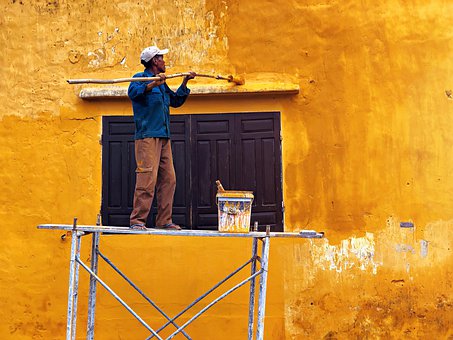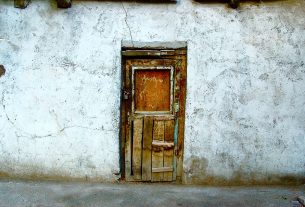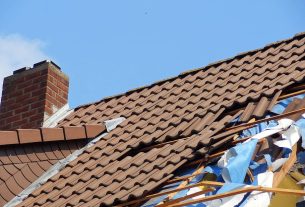Summary
– Step 1: Prepare the surface
– Step 2: Apply an undercoat
– Step 3: Apply the first coat of lacquer
– Step 4: Apply the second layer
The lacquer is resistant and washable, particularly suitable for damp rooms such as bathrooms or kitchens. Applying it is a delicate operation, which implies a good preparation of the walls and a certain installation technique. A successful lacquered wall does not reflect any wall defect, no traces of roller, no dust… To obtain an optimal shiny effect, it is therefore essential to proceed with care.
More than any other paint (acrylic or glycerol in matte or satin finish), lacquer requires a lot of precision because of its mirror-like properties.
Here are a few tips for lacquering a wall properly.
1. Prepare the surface

Apply during this preparatory phase of the walls; the final result depends mostly on the support’s uniformity.
On an already painted wall or a rough wall:
– Plug holes or accidents with smoothing plaster.
– Remove any chipped areas.
– Sand the entire surface well to obtain a perfectly smooth and uniform substrate.
– Thoroughly dust the wall and the room with a broom and vacuum cleaner to work in a dust-free environment.
On an upholstered wall: remove the old coating and prepare the substrate, making up for any defects and sanding the entire surface.
Protect the floor with newspaper or plastic sheeting or anything that will resist your walking steps and falling particles from the wall.
– Install masking tape all around the area to be painted, baseboards, switches…
2. Apply an undercoat
Before applying the lacquer, you must use a universal undercoat on the entire wall.
– Begin by clearing the corners and edges of the wall with a recoating brush, then use the roller over the entire wall surface, crossing the roller’s passages.
– Let dry for the time recommended by the manufacturer.
– Re-sand with a fine abrasive so that the surface is as smooth as possible.
– Dust the surface again.
3. Apply the first coat of lacquer
– Mix the lacquer pot well to obtain homogeneous paint.
The undercoat starts at the corners and edges of the wall with the recoat brush.
– Spread the paint well.
– Use the lacquer roller for the rest of the surface, stretching the paint well and using cross strokes.
– Allow drying thoroughly.
4. Apply the second coat
– Sand the entire wall with fine-grit paper to remove any remaining roughness and dust that may have stuck.
– Vacuum clean thoroughly.
– Apply the second coat of lacquer using the same technique as for the first coat.
– Remove the masking tape after complete drying of the lacquer, proceeding delicately.
Materials needed to lacquer a wall.
| Relamping brush | $5 approx. |
| Roll | Starting from $5. |
| Universal undercoat | From $10 per liter. |
| Sandpaper | About $5 for 3 sheets. |
| Smoothing plaster | $5 for 1 kg. |
| Masking tape | $1 per roll. |
| Sanding block | $6 approx. |
| Dusting brush | About $6. |
| Spatula (knife) | Starting from $3. |
| Paint tray | $3. |
All of the above might not be an easy job for just any DIY enthusiast. If you do not want to end up with a complete mess, please contact Fix it for You – Handyman. They are experienced professionals offering Interior and Exterior Painting, Flooring Installation, Drywall Repair and Texture, Backsplash Installation, and Handyman Services.
Please, remember to leave your comments in the section below and share this post with your friends. Should you wish to read on a more specific topic, kindly let us know, and we will get back to you with all relevant information that may help you.



